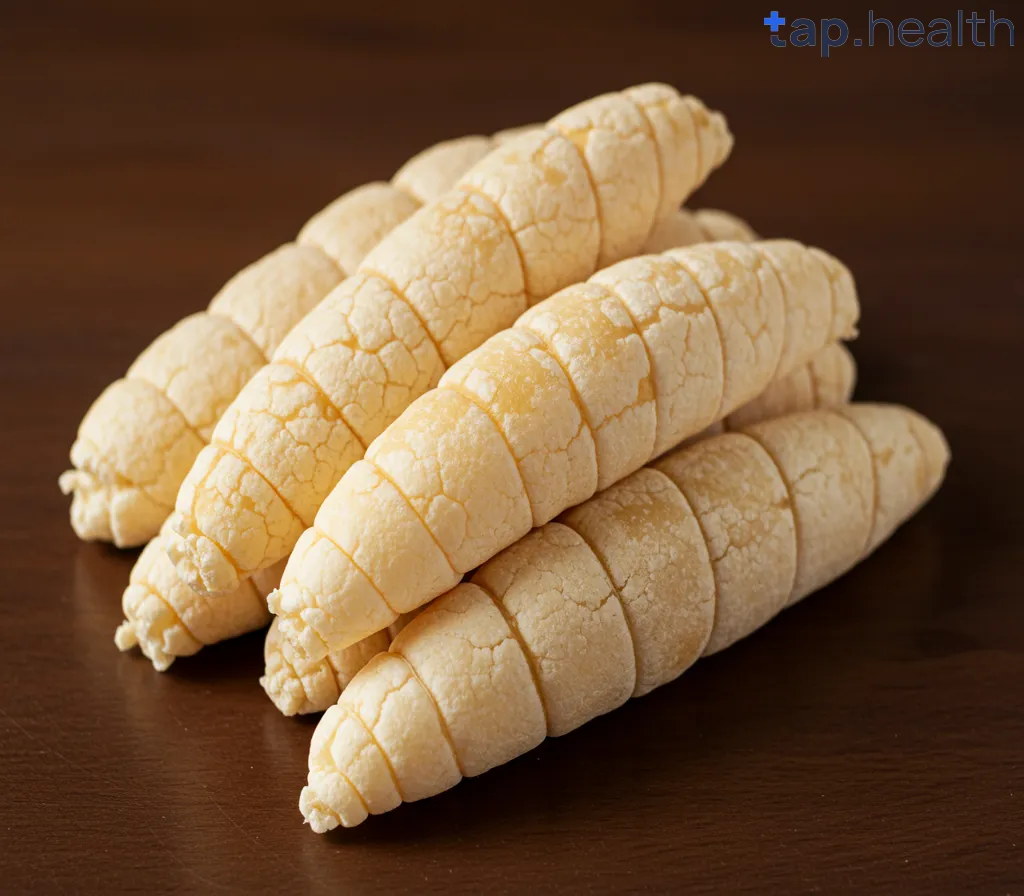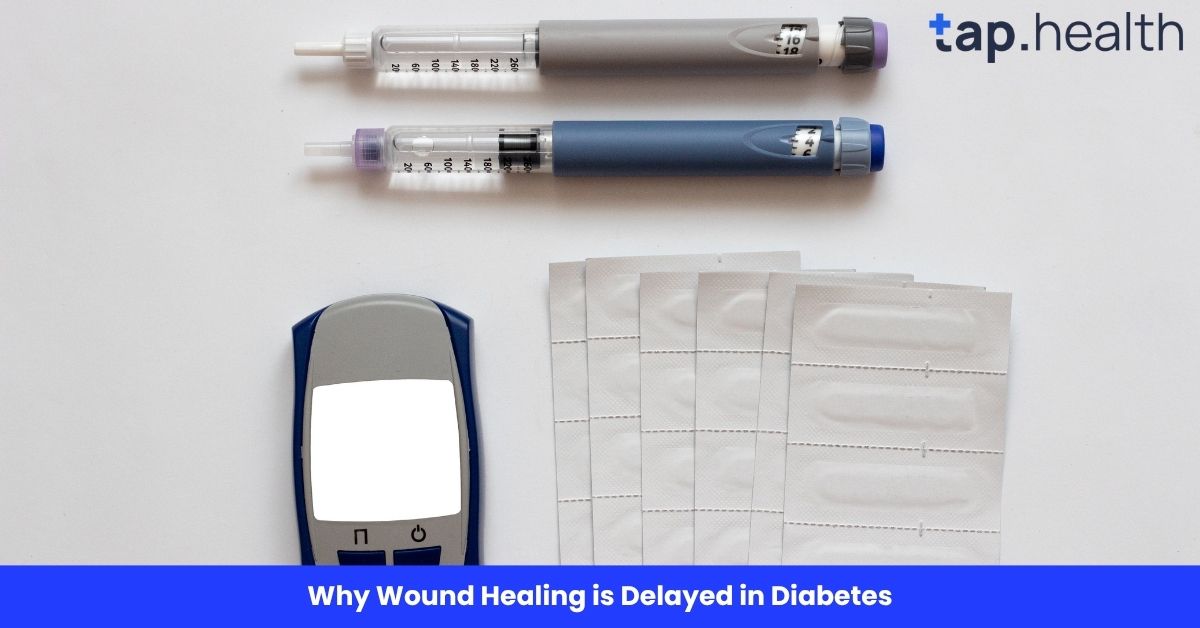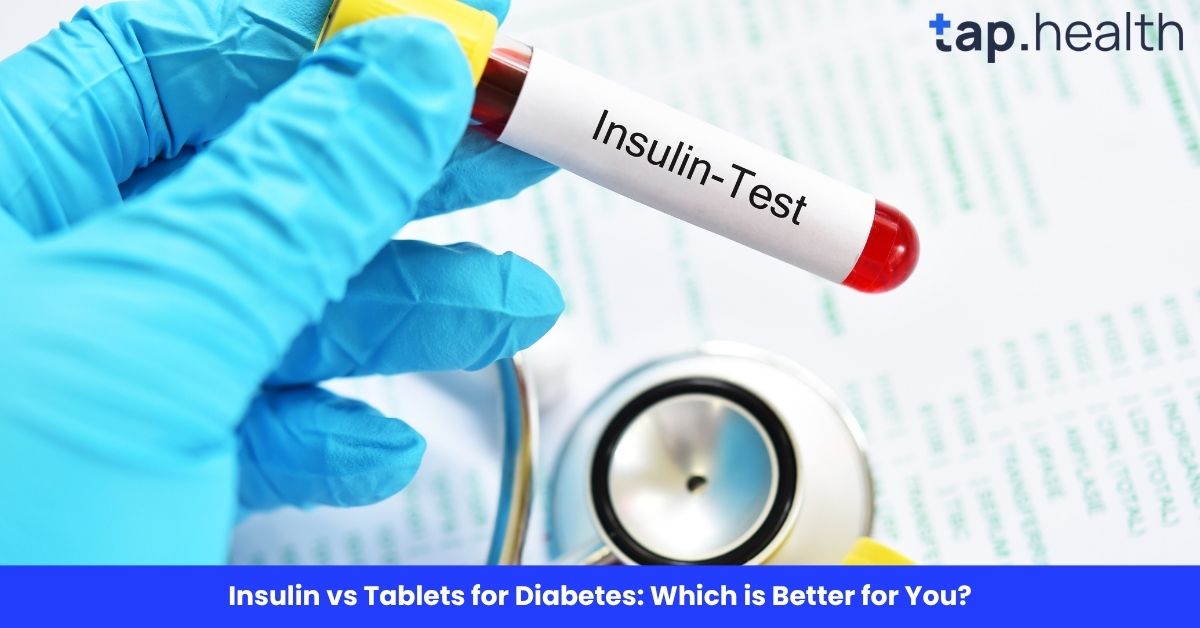When managing diabetes, the foods you choose to eat are crucial in maintaining healthy blood sugar levels. Tapioca, a popular starch derived from cassava root, is often included in many processed foods, snacks, and desserts. However, for people with diabetes, understanding how tapioca affects blood sugar is vital.
So, is tapioca bad for diabetes? Let’s explore its nutritional profile, how it affects blood sugar levels, the potential risks, and whether it can be part of a diabetic diet. By the end of this article, you’ll have a clear understanding of whether tapioca is a suitable food for people with diabetes.
What Is Tapioca?
Before we dive into how tapioca impacts diabetes, it’s important to understand what it is and how it’s made.
Tapioca Production
Tapioca is a starchy substance extracted from the cassava root, also known as manioc or yuca. The cassava root is peeled, washed, and processed to extract the starch, which is then dried into flour, pearls, or flakes. These forms of tapioca are commonly used in cooking, baking, and as a thickening agent in food products.
Tapioca is often found in foods like:
- Puddings
- Bubble tea (tapioca pearls)
- Gluten-free baked goods
- Soups and sauces
Although tapioca is a staple in many dishes, it’s important to note that it is primarily composed of carbohydrates, with very little protein, fiber, vitamins, or minerals.
How Tapioca Affects Blood Sugar
The primary concern for diabetics when it comes to tapioca is how it impacts blood sugar levels. Let’s explore how this starchy food affects glucose regulation.
High Glycemic Index (GI)
Tapioca has a high glycemic index (GI). The GI is a scale that measures how quickly carbohydrates in food raise blood sugar levels. Foods with a high GI cause rapid spikes in blood sugar, which can be problematic for people with diabetes.
Tapioca, particularly in its processed form (such as tapioca pearls or flour), is rapidly digested and absorbed into the bloodstream, leading to a quick increase in blood sugar levels. This makes tapioca a poor choice for those looking to control their blood sugar spikes.
Insulin Response
Since tapioca is digested quickly, it can lead to a sharp increase in insulin production to manage the surge in blood sugar. For people with diabetes, especially those with insulin resistance, this increased insulin response can be difficult for the body to handle. The rapid fluctuation of blood sugar levels can cause symptoms like fatigue, hunger, and irritability, and over time, it may contribute to long-term complications like cardiovascular disease or nerve damage.
Can Diabetics Eat Tapioca?
Given its high glycemic index and the rapid rise in blood sugar, you may wonder if diabetics can ever eat tapioca. The short answer is yes, but with caution. Let’s look at the pros and cons of consuming tapioca for those with diabetes.
The Pros of Tapioca for Diabetics
While tapioca is high in carbohydrates and may cause a quick spike in blood sugar, there are some aspects of it that might be beneficial in moderation:
- Gluten-Free Option: For diabetics with gluten intolerance or celiac disease, tapioca can be a gluten-free alternative to wheat-based products. This can be useful in a balanced diet that avoids gluten without compromising on texture in food.
- Energy Boost: Tapioca provides a quick source of energy in the form of carbohydrates, which can be useful for people who need a quick energy boost. However, it’s important to balance this with other foods that help slow the absorption of glucose.
- Versatile Ingredient: Tapioca can be used in many recipes, from puddings to soups, allowing diabetics to enjoy a variety of foods. When used in moderation, it may help provide diversity in a diabetic meal plan.
The Cons of Tapioca for Diabetics
While there are some benefits, the cons of tapioca for diabetics outweigh them in many cases. The biggest concern is how it affects blood sugar:
- High Glycemic Load: Since tapioca has a high glycemic index, it can cause rapid increases in blood sugar levels, which is a significant concern for people with diabetes.
- Low Nutrient Value: Tapioca is primarily made up of carbohydrates, with very few nutrients like fiber, vitamins, or minerals. This means it doesn’t provide much nutritional value compared to other carbohydrate sources like whole grains or vegetables, which offer more fiber and nutrients that help regulate blood sugar.
- Limited Fiber: Fiber is essential for managing blood sugar because it slows down the absorption of glucose. Tapioca contains very little fiber, which means it doesn’t help in the way that high-fiber foods (like oats or beans) do.
How to Include Tapioca in a Diabetic Diet
If you are a diabetic and enjoy tapioca, it doesn’t necessarily have to be completely off-limits. However, it’s important to take certain precautions to help minimize its effect on blood sugar levels.
1. Pair Tapioca with Protein and Healthy Fats
To prevent rapid spikes in blood sugar, it’s a good idea to pair tapioca with other foods that help slow glucose absorption. Protein-rich foods like eggs, lean meats, or tofu, and healthy fats like avocado or olive oil, can help stabilize blood sugar levels when consumed with high-carb foods like tapioca.
2. Limit Portion Sizes
While it’s not advisable to make tapioca a large part of your diet, limiting portion sizes can help minimize its impact on blood sugar. Opt for smaller servings and enjoy it occasionally rather than making it a regular part of your meals.
3. Opt for Whole Foods Instead of Processed Tapioca
Whenever possible, choose whole, unprocessed forms of tapioca. Tapioca pearls or flour used in processed foods can often have added sugars or other ingredients that contribute to higher blood sugar spikes. Homemade tapioca-based recipes using minimal ingredients and no added sugars are a better choice.
4. Combine Tapioca with Fiber-Rich Ingredients
Adding fiber to your tapioca dishes can help slow the digestion and absorption of glucose. Consider adding fruits, vegetables, or nuts to your tapioca-based meals to improve their fiber content.
What Are the Alternatives to Tapioca for Diabetics?
If you’re looking for healthier alternatives to tapioca, there are plenty of options that are better suited for managing blood sugar levels.
1. Quinoa
Quinoa is a whole grain that’s high in fiber and protein, both of which help regulate blood sugar levels. Unlike tapioca, quinoa has a low glycemic index and provides more nutrients that support overall health.
2. Brown Rice
Brown rice is another whole grain that provides fiber, vitamins, and minerals, all while having a lower glycemic index than tapioca. It’s a better option for diabetics looking to control their blood sugar.
3. Oats
Oats are rich in soluble fiber, which helps slow the absorption of glucose. They also have a lower glycemic index compared to tapioca, making them a much better choice for diabetics.
4. Sweet Potatoes
Sweet potatoes are packed with fiber and have a relatively low glycemic index, making them a great carbohydrate choice for people with diabetes. They also provide essential vitamins and minerals like vitamin A and potassium.
Frequently Asked Questions (FAQs) on Is Tapioca Bad for Diabetes?
1. Is tapioca a good source of fiber for diabetics?
No, tapioca is very low in fiber, which makes it less effective for regulating blood sugar levels. High-fiber foods are better choices for managing diabetes.
2. Can I eat tapioca if I have Type 2 diabetes?
It’s possible to include tapioca in your diet in moderation, but it should not be a regular part of your meals. The high glycemic index of tapioca means it can cause blood sugar spikes, so it should be paired with other foods that help stabilize blood sugar.
3. What are the best alternatives to tapioca for people with diabetes?
Some of the best alternatives to tapioca for diabetics include quinoa, brown rice, oats, and sweet potatoes. These options are higher in fiber and have a lower glycemic index, which helps control blood sugar levels.
4. Can tapioca be used in diabetes-friendly desserts?
Tapioca can be used in diabetes-friendly desserts, but it’s important to control the portion size and avoid added sugars. You can try using natural sweeteners like stevia or adding fruits to reduce the sugar content in tapioca-based desserts.
5. How can I reduce the impact of tapioca on blood sugar?
To reduce the impact of tapioca on blood sugar, consume it in smaller portions and pair it with protein, healthy fats, or fiber-rich foods. This will help slow the absorption of glucose and prevent blood sugar spikes.
Conclusion
While tapioca is not inherently “bad” for people with diabetes, its high glycemic index and low fiber content make it less than ideal for managing blood sugar levels. It can still be enjoyed occasionally in moderation, but diabetics should be mindful of portion sizes and balance it with other foods that help regulate blood sugar. Alternatives like quinoa, oats, and sweet potatoes are better choices for maintaining stable blood sugar levels and overall health.
As with any dietary change, it’s always best to consult your healthcare provider before adding or removing any food from your diabetic diet.



